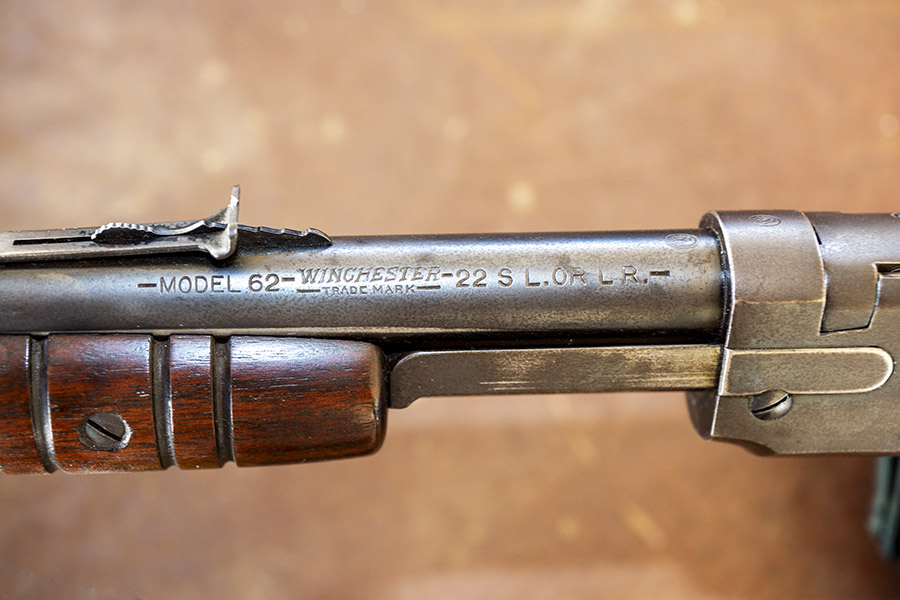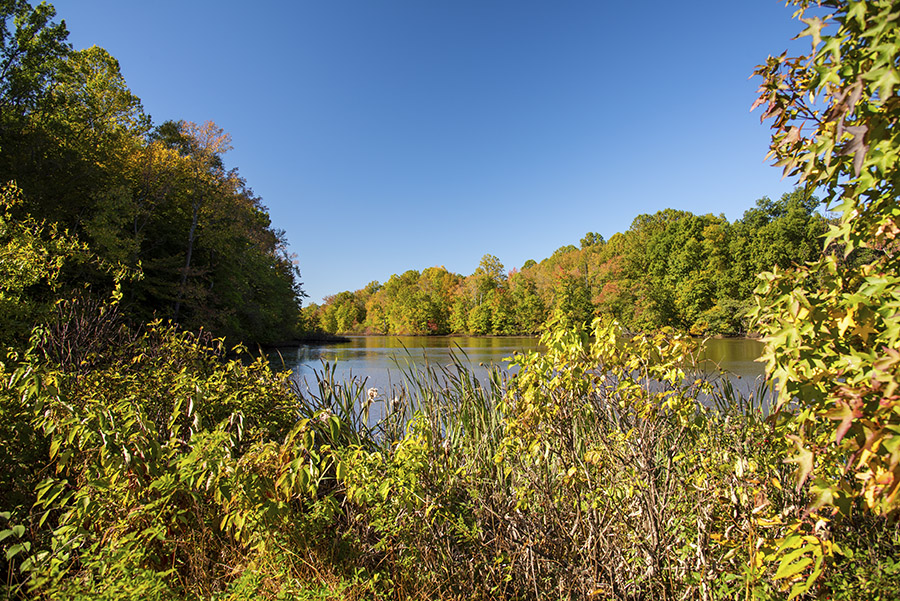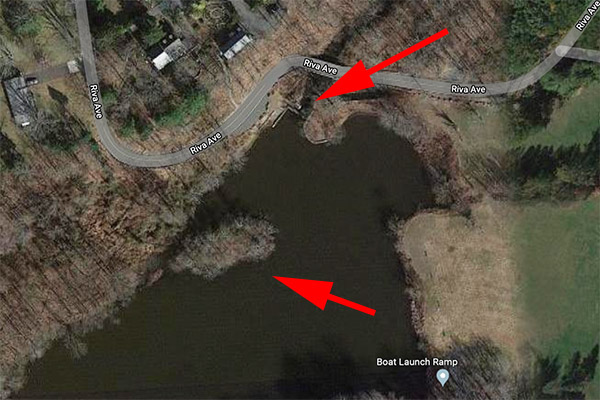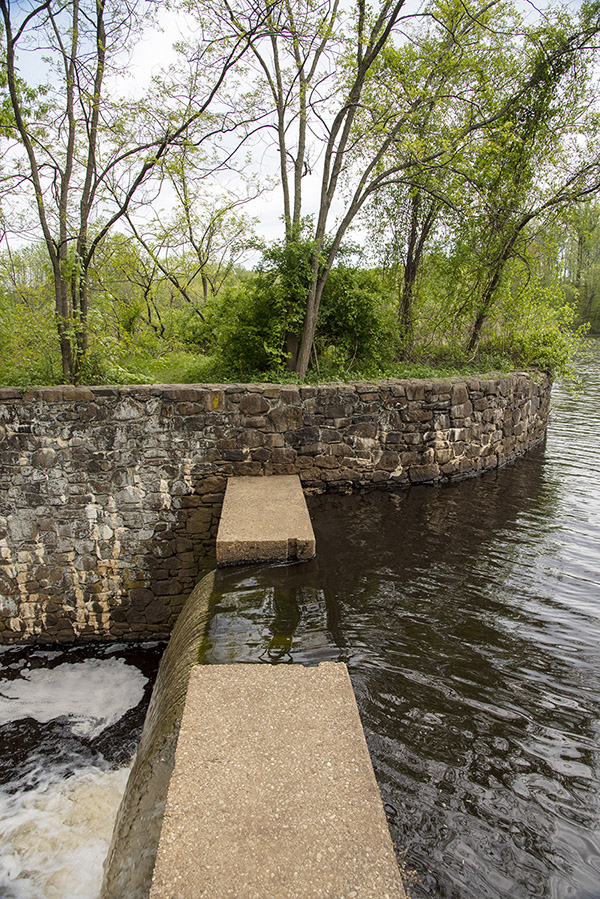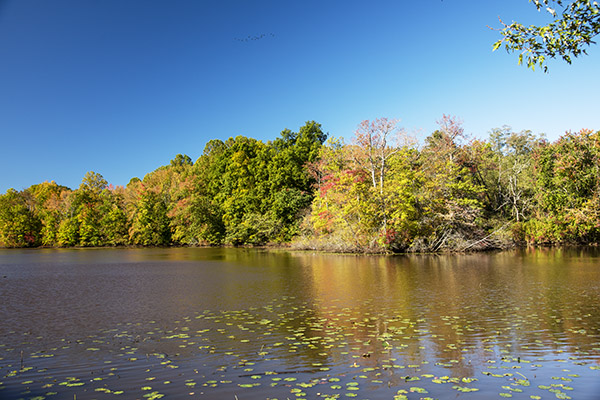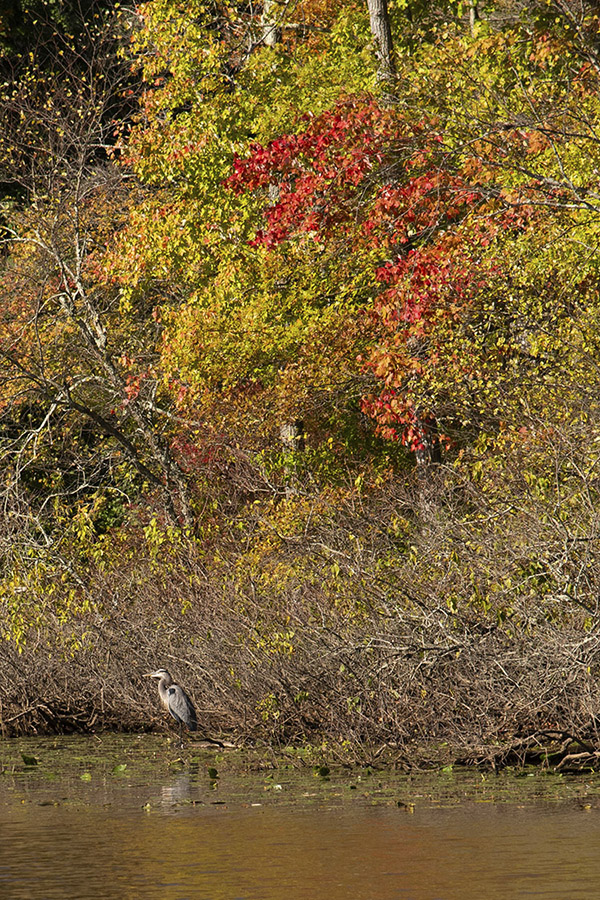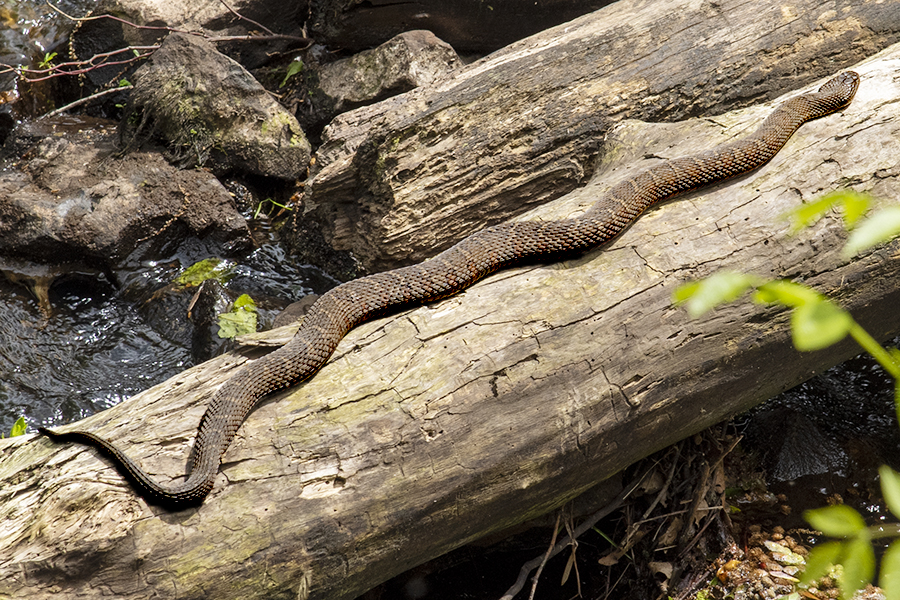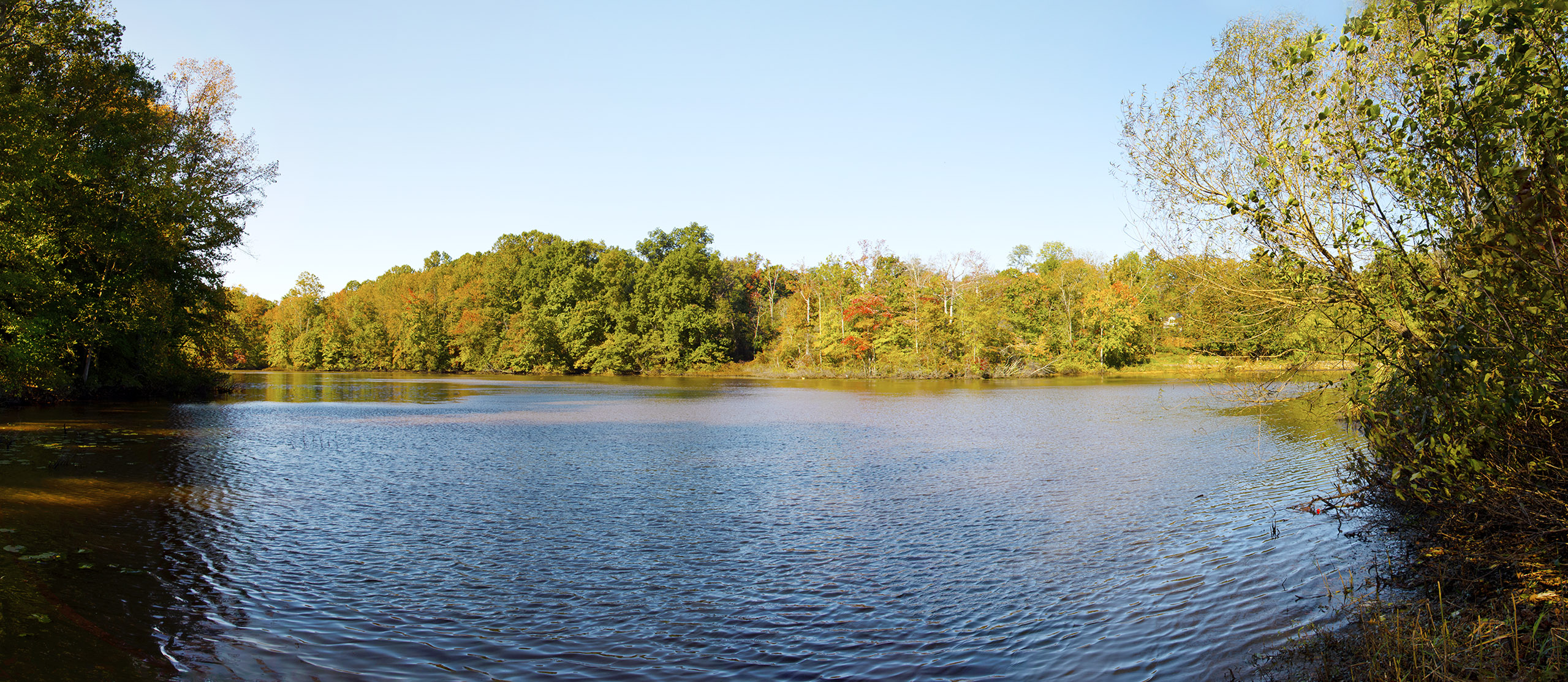By Joe Berk
The gun that has been in my family the longest is a Model 62 Winchester chambered in .22 Short, Long, and Long Rifle. I remember it being in the gun cabinet when I was a little boy and being told never to play with it (you can guess how well I listened to that advice).
I could go into a bunch of technical details about the Model 62, and I’ll provide a little bit of that below, but that’s not my intent with this article. I decided to instead focus on the rifle, how it shoots and handles, a little bit of its history, and what it means to me.

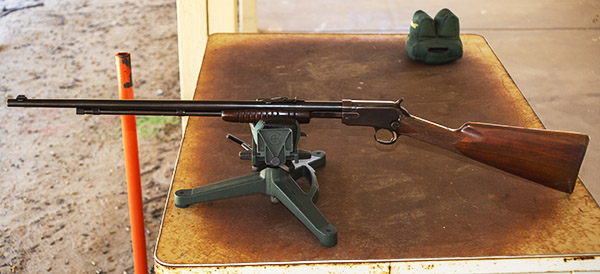
When Dad had the rifle up until the time I went into the Army (and that would be in 1973), the rifle’s metalwork was flawless. Then I disappeared from the scene for about 10 years (the Army, work, and other things). I guess during that time my father stopped paying attention to the rifle. Dad passed in 1982, and when I came home for the funeral, the metal parts had taken on the patina you see here. New Jersey is a unforgiving and humid place; if you don’t keep your toys oiled, they corrode quickly. But the Model 62 still looks good and it shoots well.

I like the Model 62 Winchester’s straight grip stock. It felt right to me when I was a kid and it influenced my future preferences in firearms. I have more than a few rifles with that same straight grip stock now…a Winchester 1886 .45 70 clone made by Chiappa in Italy, several Ruger No. 3 rifles, and a few Marlin lever guns.
The Model 62 is what we call a “takedown” rifle. A single thumb screw secures the stock and trigger group to the rest of the gun. It’s a cool approach.


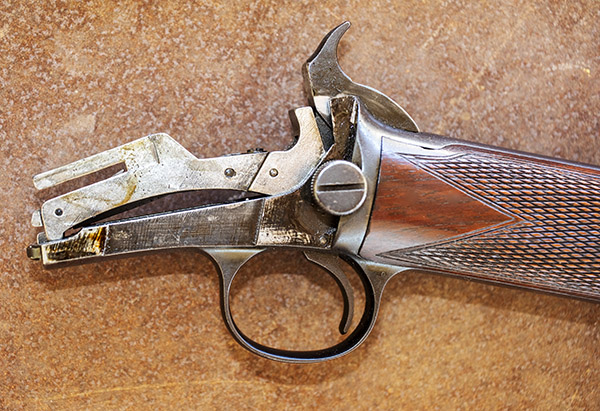
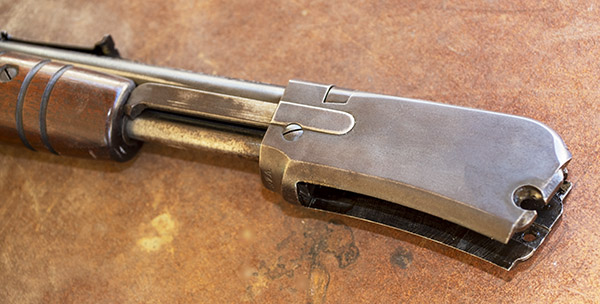
The sights on the Model 62 are old school. They’re Lyman front and rear. Nothing fancy, but they work well. A simple gold bead up front, and a drift adjustable rear with a stepped ramp for adjusting elevation. But I’ve never had to adjust them. Either they came zeroed from the factory, or the guy who owned the rifle before Dad adjusted the sights, or Dad adjusted them.
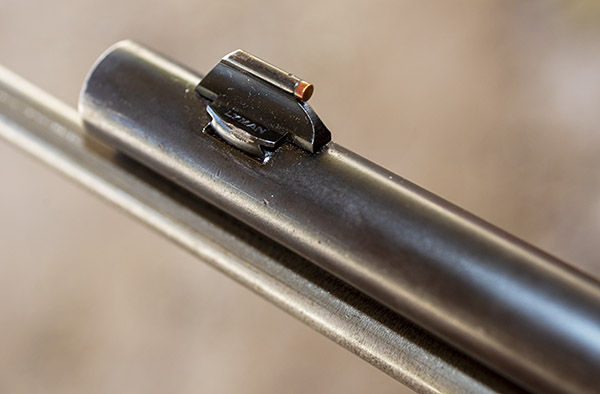
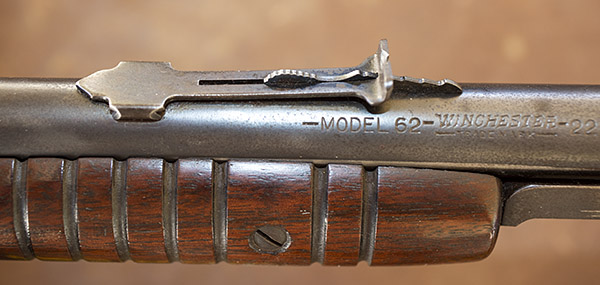
I think my Nikon 810 and the Sigma 50mm 2.8 macro lens do a good job in bringing out the rifle’s vintage beauty. You can see it in the next few photos.
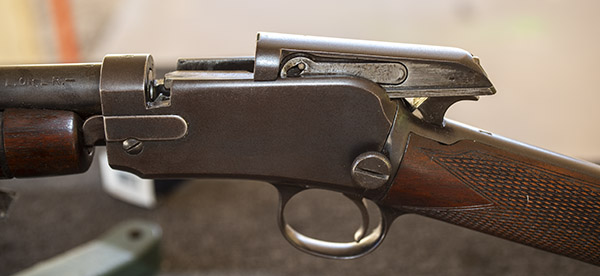
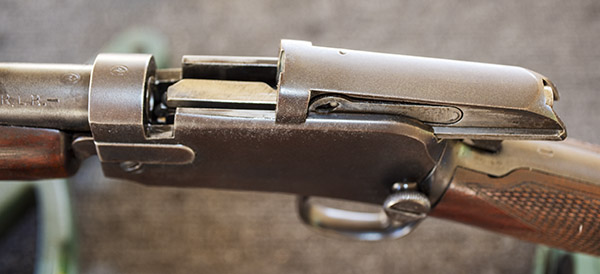
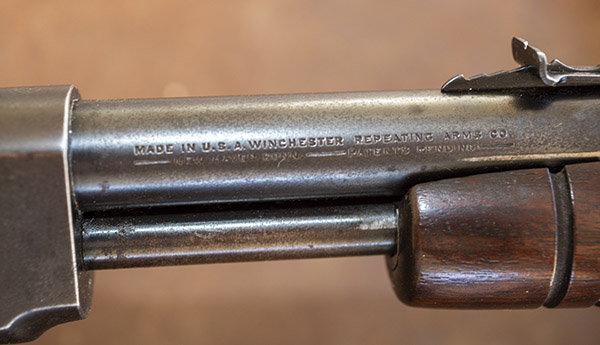
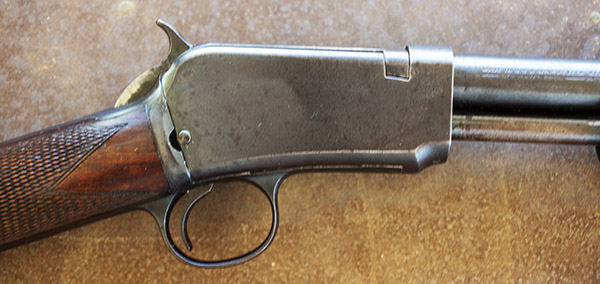

When I was a kid and my parents weren’t home, I sometimes snuck out of the house with the Model 62 and a box of .22 ammo. We had a couple of acres in New Jersey that ran into the woods with a stream behind the house (the stream fed Farrington Lake, which emptied into Raritan Bay on the Atlantic Ocean). You might think having a couple of acres in central Jersey with property bordered by a stream was a sign of wealth, but it wasn’t. It’s what people did in the 1950s: You bought a couple of acres and built a house, and that’s what my Dad did. He didn’t pay somebody else to build a house; he actually built our house. Today you’d have to be rich to own those two acres. Back then it was the path you took if you didn’t have money.
Those were good days and good times. One time a kid from my junior high came home with me (Bob Dixon, if you’re reading this, drop us a line). Mom and Dad weren’t home yet, so Bob and I grabbed the Model 62 and headed into the woods. There was an old cellar door laying in the mud next to the stream and Bob thought it would be a good idea to flip it over. “You know, there might be a snake or something under there…”

We did, and what we saw shocked the hell out of both of us: A monstrous, scaly, and scary reptile. Being kids, we were convinced it was a water moccasin. Today, I realize it was probably a water snake. But it was huge and we did the only thing any kid would have done in similar circumstances, and that was to put the Model 62 to good use. Call me Bwana. (On a recent trip back to New Jersey’s Farrington Lake, I saw another one of those frighteningly large snakes and I wrote about it here.)
Loading the Model 62 is pretty straightforward. The rifle has a tubular magazine that holds a ton of ammo. As you see from the rollmarks above, it will shoot .22 Long Rifle, .22 Long, and .22 Short. I don’t know how many rounds of each it will hold, but it is a lot. I only load five rounds at a time, so it’s kind of a moot point to me. Come to think of it, I can’t remember the last time I saw .22 Long or .22 Short ammo anywhere. It’s all .22 Long Rifle these days.
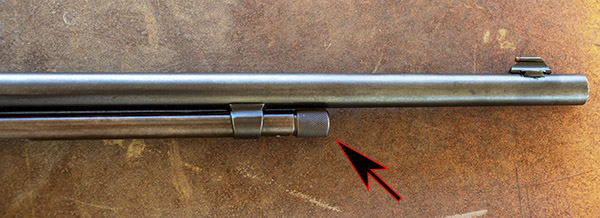
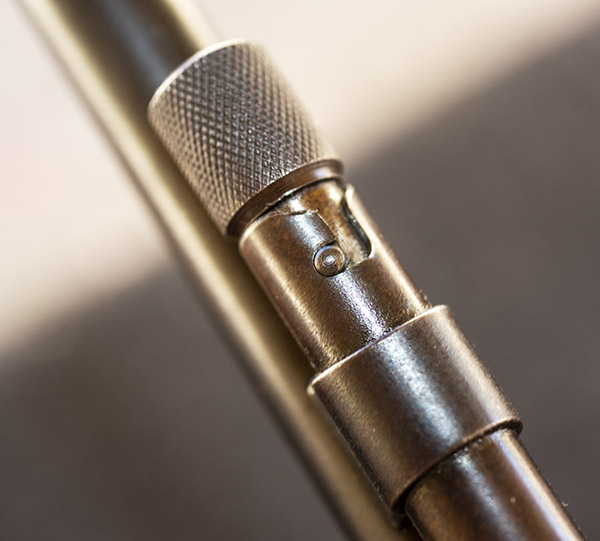

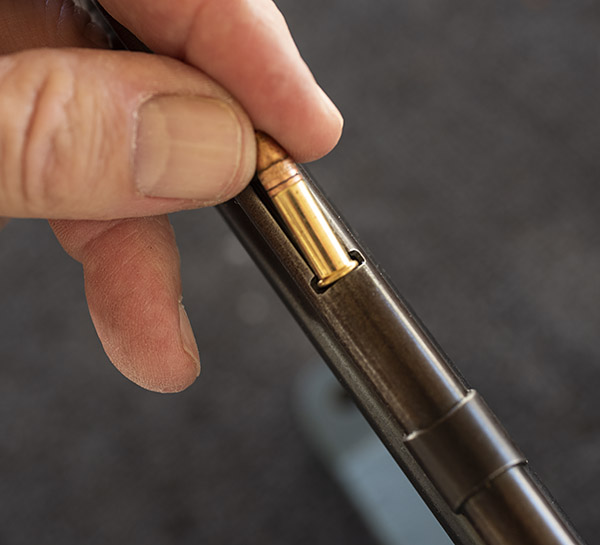
So how accurate is this nearly 80-year-old pump action .22? I’m glad you asked. I had not shot it in three or four years, so I grabbed three different kinds of .22 ammunition I had in my ammo locker: Older Federal copper washed high velocity ammo, CCI standard velocity ammo good buddy Greg gave me a few years ago, and Aguila standard velocity target ammo I bought from a local sporting goods chain when it was on sale.

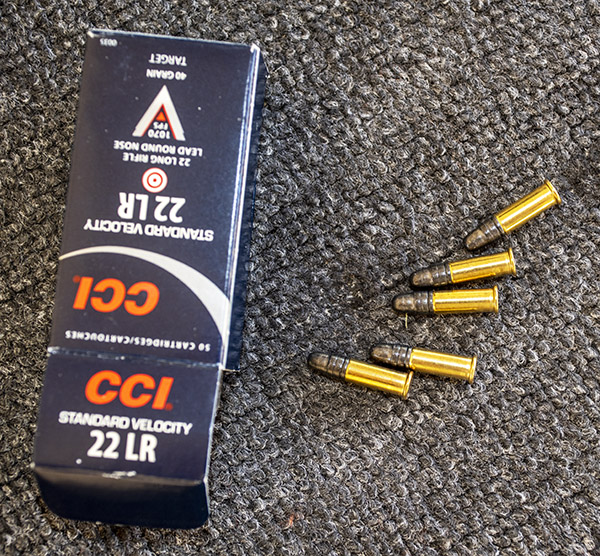
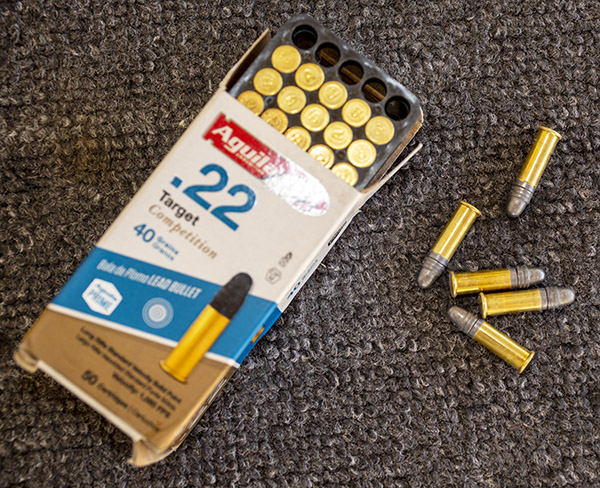
My U-boat Subie and I braved the Meyers Canyon water crossing to get to the West End Gun Club, I went to the .22 range and set up a table, and I tested the Model 62’s accuracy at 50 feet from a bench rest. I fired three 5-shot groups at an old 50-foot rimfire target I found in my stash. Here’s how it went:
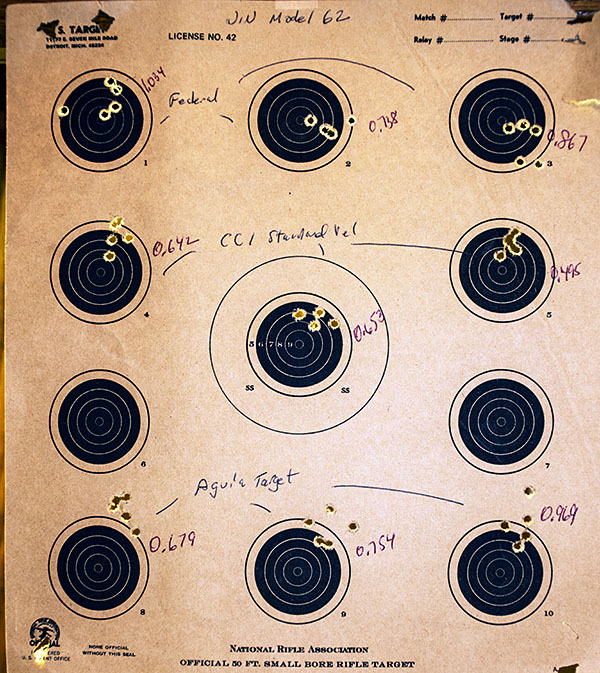
A bit more info on the Model 62 Winchester: This Model 62 carries the serial number 94XXX, which puts its date of manufacture at 1939. My father bought the rifle when he was a kid; he would have been 13 years old in 1939. Winchester manufactured 409,000 Model 62 rifles from 1932 to 1958, with a two-year break during World War II. In 1939, production switched over to the Model 62A. The Model 62A incorporated engineering changes to reduce production cost (mine is the original Model 62, not the 62A). When Winchester introduced the Model 62 in 1932, the rifle’s suggested retail price was $17.85. Presumably, the price had climbed a bit by 1939. Family lore has it that Dad paid $8 for the rifle. Sales of recently completed auctions on Gunbroker.com show the price for a Model 62 today ranges from $300 to $3000. That’s quite a spread, but to me it’s irrelevant. This rifle is not for sale at any price; one day it will go to one of my grandsons.
Model 62 Winchesters show up for sale on Gunbroker.com pretty much all the time, so if you want one they are available. More good news is that the Model 62 is legal here in the Peoples Republik of Kalifornia.
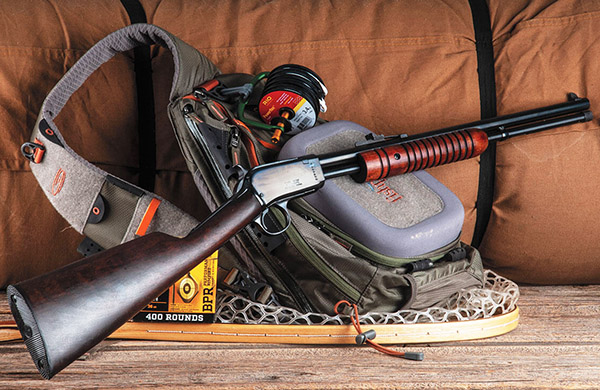
More good news is that Rossi, a Brazilian firearms manufacturer, offered their Model 62 (a fairly faithful reproduction of the Winchester Model 62) from 1970 to 1998 and the Rossi rifles can still be found. Rossi discontinued the Model 62 when they were acquired by Taurus, but the Rossi rifles still show up on the auction site gunboards. Sometimes you see one in a pawnshop or a gunstore’s used gun rack. I’ve never handled or fired the Rossi so I can’t say anything about them, but if I came across one at a reasonable price I would jump on it. You might consider doing the same.
Never miss an ExNotes blog:
Check out our other Tales of the Gun Rimfire Series articles here.

